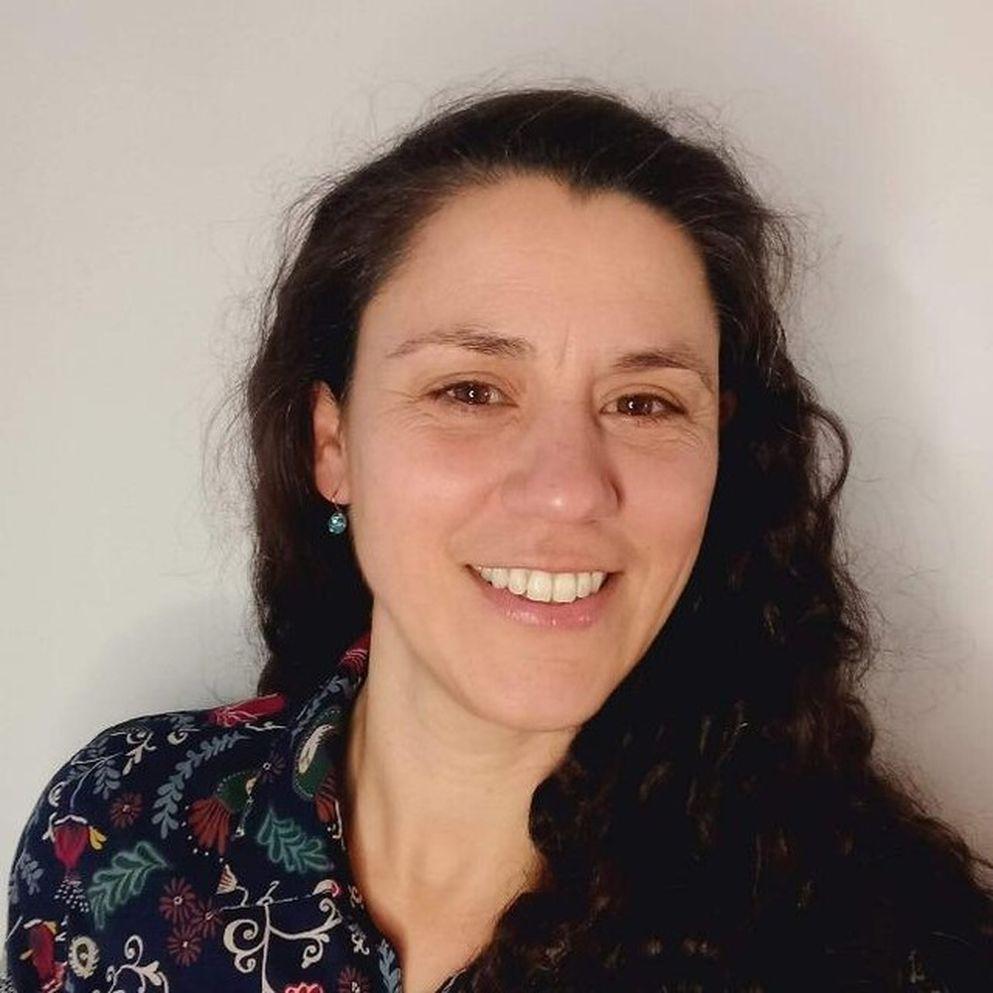
Why I won't talk about 10% Biodiversity Net Gain
By Gaëlle Bardsley
Why I won't talk about 10% Biodiversity Net Gain
A lesson in language. We shouldn’t focus solely on numbers when speaking about biodiversity net gain if we don’t want to lose out and undermine its significance.
What does 10% signify to you?
10% as an exam score would be disappointing. 10% is like a trim at the hairdresser, which could go unnoticed. 10% is the tip left after an evening meal at a restaurant. Reminded of my French roots, 10% represents to me the copper coins I would fish out from my purse to tip a waiter for a pleasant coffee - a token gesture requiring little effort.
When I present this question to teams, various interpretations always surface, yet a common thread emerges: 10% is instinctively linked to something relatively minor or marginal.
As a non-native English speaker, I am hypersensitive to the nuances of the English language. I often contemplate how words can convey different meanings, hold authority and evoke imagery in people's minds.
The language I use is particularly significant in my role as Biodiversity and Climate Adaptation Lead at BAM UK and Ireland. As a leading construction and civils player, BAM is committed to taking the first step and addressing the impact our business can have on the environment. My responsibility is to transform, tailor, recalibrate and rephrase complex sustainability concepts to become relatable, comprehensible, and actionable for everyone, irrespective of job title, seniority or location.
BAM’s Environmental Sustainability team stands at the crossroads of dichotomous worlds: collectively aligning scientists, academics and regulators with contractors and implementers. We mediate between thinkers and doers, strategise visionary ideas into tangible results, and bring theory into practice.
At BAM, we are often working within tight environments and redline. Due to the nature and scale of some of our civil engineering works, the schemes we build are likely to drop to -30% before climbing back to +10%. In these cases, the biodiversity increase required is actually much more than 10%, and the work involved in delivering at least 10% Biodiversity Net Gain (BNG) schemes is far from minor or marginal.

Is this history repeating itself?
I achingly recall a similar linguistic lapse in judgment – just a few years ago - regarding the "2°C" global warming threshold.
Using “2°C" overshadowed scientific consequences, I can't count the times I heard in passing conversation that a 2°C increase would be “quite pleasant after all”. The crucial message got lost, i.e. a 2°C temperature rise leads to more frequent and intense heatwaves, threatening human health, straining energy systems and triggering devastating hurricanes, floods, and droughts, affecting agriculture, water availability, infrastructure…the list can go on.
I am concerned that 10% BNG is the new 2°C, its importance has potential to be belittled or undermined.
What is the answer?
We need to recognise the hidden value in our language. I only mention “10%” when delving through metrics in my BNG presentations. Otherwise, if I only have a few minutes to pitch BNG, I opt to talk about “significant biodiversity increase”.
BNG is a development that leaves biodiversity in a measurably better state than before. Thanks to that development - a housing estate, a road, a railway, a flood defence or an energy project - nature is better off. But that means a different way of planning, designing, constructing, and maintaining our schemes. It brings nature to the forefront.
Perhaps, BNG requirements should be a less relatable number or percentage, like a Green Urban Factor of 0.4. Contextually, no one knows if it’s high or low, and we would have an opportunity to start conversations with an unbiased audience without preconceived ideas about the efforts required to obtain that score.
To conclude my presentation, I show two drawings depicting the same scheme at pre- and post-construction stages with 10% BNG and often hear: “It doesn't look like 10% to me. More like 300%! Are you sure the calculations are right, Gaëlle?”
Language holds the power to transform perceptions but also has the potential to obscure the true message. In our communication journey, let's approach language in a way that harnesses its power and ensures that our vital messages shine through, undiminished.
Learn more about BAM’s biodiversity strategy or find more biodiversity resources from CIRIA.
About the author

Gaëlle Bardsley
Biodiversity and Climate Adaptation Lead
With over 18 years of experience in Environmental Sciences, Gaelle joined BAM as Biodiversity and Climate Adaptation Lead, combining her passions for Ecology, Environment and Sustainability. Her interest in nature and the environment was sparked at an early age, and Gaelle has been involved in several international research projects, including monitoring wolf and bear populations in Russia and counting arctic shrimps under a microscope.
Gaelle has worked across project types and sectors, including major infrastructure; flood defence; road and rail; housing and general civil engineering. She shares her extensive knowledge, educating teams across the business and supporting UK and Ireland strategy through the design, build and implementation of biodiversity positive and sustainable solutions.

